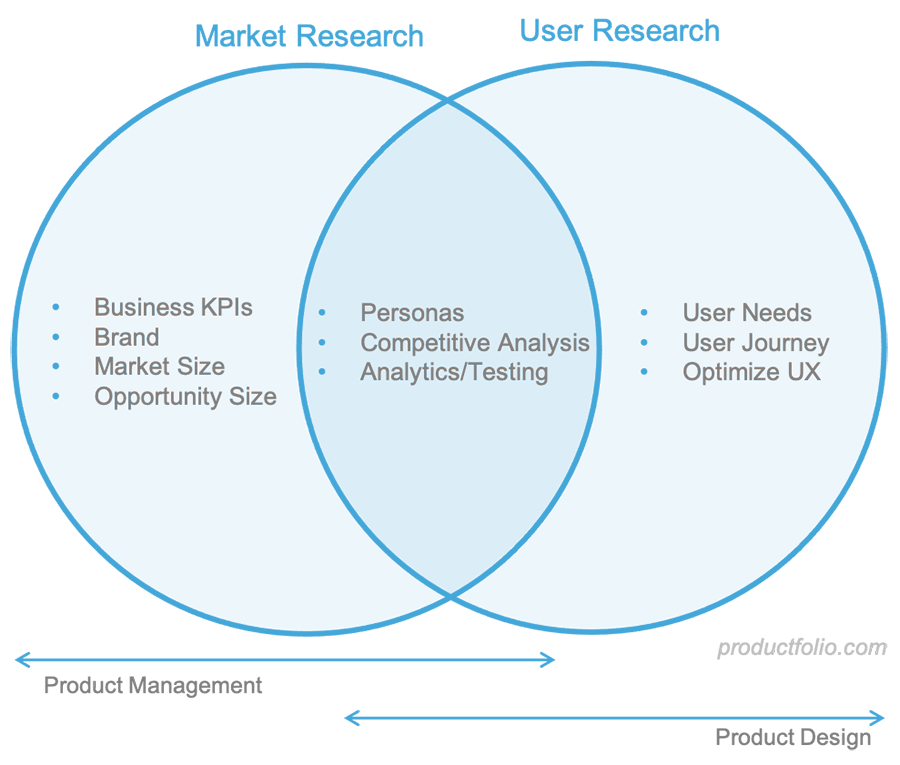What is Product Design?
There is a lot of overlap between these two roles, though Product Design inherently rooted in User Experience and Product Management more rooted in business. Both roles focus on creating value for users by understanding user needs, but they diverge there, with Product Design going more deeply into user research whereas Product Management goes deeper into market research, understanding the TAM, competitive analysis, and product launch strategy.
Product design, in its fundamental essence, encapsulates the entire process of conceiving, crafting, and refining a product. It transcends the conventional notion of tangible, physical items sold in stores, extending its reach to encompass intangibles like online platforms, software, and mobile apps. In contemporary times, the significance of product design has intensified, especially in the realm of non-tangible products, where user experience and satisfaction take center stage.
The Pivotal Players in Product Design
Product designers wield substantial influence in fostering customer satisfaction by ensuring that businesses deliver solutions precisely tailored to address user needs. Contrary to a common misconception, the role of a product designer is multifaceted, extending beyond the exclusive task of crafting products. These professionals may seamlessly transition between roles, spanning problem identification, data collection, and solution validation. The scope of their responsibilities varies across companies, each defining the boundaries differently. Various roles contributing to the product design landscape include user researchers, data analysts, UX designers, and prototypers. Additionally, business strategists and marketers play integral roles in justifying the product’s necessity and shaping its positioning and messaging.
Navigating the Product Design Journey
An effective product design process draws inspiration from design thinking, a human-centered approach to innovation. IDEO’s Tim Brown aptly defines it as an approach that integrates the needs of people, the possibilities of technology, and the requirements for business success. While product design processes exhibit variations between companies and projects, some key steps form the bedrock of a successful journey:
- Definition of Vision: Establish the purpose and value proposition of the product, aligning it with user needs and organizational goals.
- Research: Conduct thorough user and market research to glean insights into customer needs, preferences, and market dynamics.
- User Analysis: Extract valuable insights from market research, delving into user sentiments, thoughts, and desires.
- Ideation: Collaboratively brainstorm to generate a plethora of ideas, selecting the most impactful ones that align with goals and problem-solving.
- Prototype: Bring ideas to life through prototyping, creating tangible representations for assessment, ranging from low to high fidelity.
- Testing and Validation: Engage users with prototypes to gather feedback, ensuring the design resonates with their expectations and preferences.
- Development and Iteration: Translate successful prototypes into actual solutions, and perpetuate the iterative process post-launch by collecting user feedback and implementing improvements.
Product Design vs. Product Management
While there exists a substantial overlap between Product Design and Product Management, they diverge in their core focus. Both roles center on creating value for users by understanding their needs. Product Design delves deeply into user research and the intricacies of crafting a seamless user experience. In contrast, Product Management gravitates more toward business-centric aspects, involving market research, understanding Total Addressable Market (TAM), competitive analysis, and formulating product launch strategies.

Despite the overlap, the fundamental distinction lies in the opportunistic nature of Product Management, seeking product-market fit, and the artisanal focus of Product Design on enhancing the customer experience. The synergy between these roles converges to create a holistic approach to delivering valuable and user-centric products.